Hydraulic Manifold Block – Centralized Control for Modern Hydraulic Systems
A hydraulic manifold, often referred to as a hydraulic block, is a fundamental component in any hydraulic power system, responsible for managing and directing the flow of pressurized hydraulic fluid across various elements of the system. Acting as a central hub, the manifold connects pumps, actuators, and valves, enabling efficient fluid control and operational precision across complex hydraulic circuits.
Without hydraulic manifolds, routing fluid between components would require a clutter of individual hoses, fittings, and connectors—making systems bulkier, harder to maintain, and more prone to leakage or failure.
How Does a Hydraulic Manifold Work?
Hydraulic manifolds are solid blocks—usually metal—that are drilled and machined with internal channels and ports. When pressurized hydraulic fluid enters the manifold, it is directed through specific paths to various destinations, such as cylinders, motors, or valves.
These blocks can also house integrated control valves, check valves, relief valves, or flow regulators, giving designers a compact and efficient method of managing system performance and safety.
By centralizing fluid control, the manifold ensures balanced pressure, precise flow control, and smooth operation of the entire hydraulic system.
Key Benefits of Using Hydraulic Manifolds
Space Optimization
Manifolds combine multiple functions into a single component, eliminating the need for excessive tubing, fittings, or valve blocks. This compact design is ideal for equipment with tight space constraints.
Lower Maintenance Costs
Fewer connections mean fewer potential leak points and less troubleshooting. This results in simplified maintenance, faster repairs, and reduced downtime.
Improved System Efficiency
Manifolds reduce flow restrictions and streamline hydraulic paths, resulting in lower pressure losses, quicker response times, and enhanced energy efficiency.
Faster Assembly and Installation
By replacing multiple parts with a single block, assembly time is significantly reduced. This speeds up both system builds and field repairs, increasing operational efficiency.
Custom Integration
Manifolds can be tailored to fit specific applications, allowing engineers to integrate only the required features, ports, and valve placements—making the system smarter and leaner.
Applications of Hydraulic Manifolds
Hydraulic manifolds are widely used across various industries where fluid power is essential. Common applications include:
-
Construction Machinery – Loaders, excavators, and cranes
-
Industrial Equipment – Presses, molding machines, and automation systems
-
Mobile Hydraulics – Agricultural machines, mining trucks, and forestry vehicles
-
Marine & Offshore – Winches, deck equipment, and subsea hydraulic controls
-
Automotive & Testing Systems – Braking simulations, test rigs, and dynamic platforms
Material Options & Customization
Hydraulic manifold blocks can be manufactured from a range of materials based on application requirements:
-
Carbon Steel – Excellent strength for high-pressure applications
-
Stainless Steel – Superior corrosion resistance for marine or chemical environments
-
Aluminum – Lightweight and thermally efficient for mobile or aerospace systems
Custom manifold blocks can also be developed to meet specific flow patterns, mounting requirements, or port configurations, ensuring they fit seamlessly into your existing system.
Conclusion
A hydraulic manifold is more than just a block—it’s the core of your fluid control system. By integrating valves, managing pressure, and optimizing flow paths, it enhances system performance, reduces failure points, and simplifies design.
Whether you’re building a high-pressure industrial press or maintaining mobile construction equipment, a well-designed manifold ensures your hydraulic system is compact, reliable, and efficient.

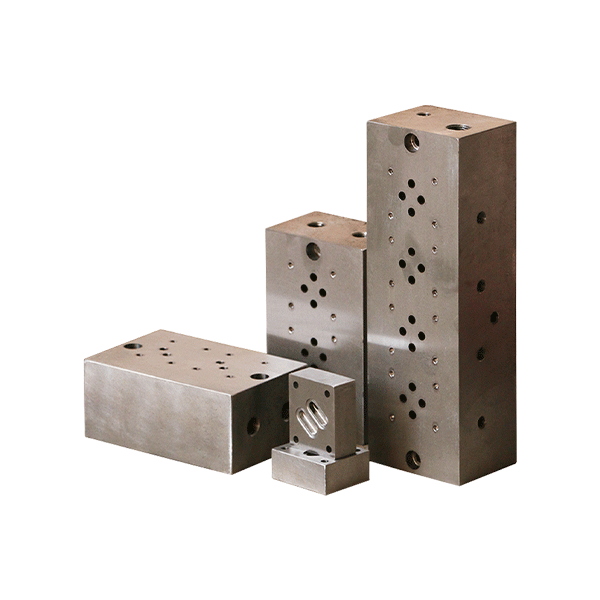
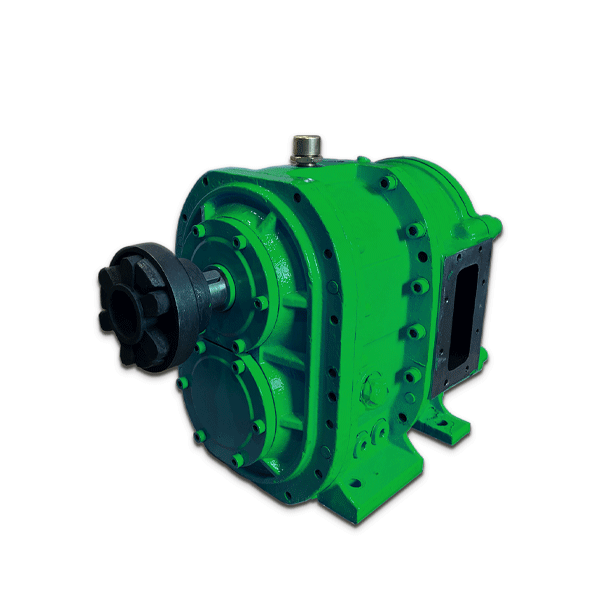
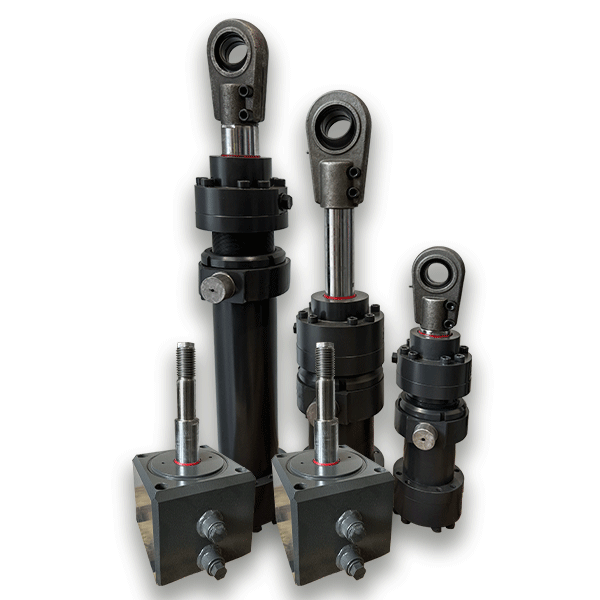
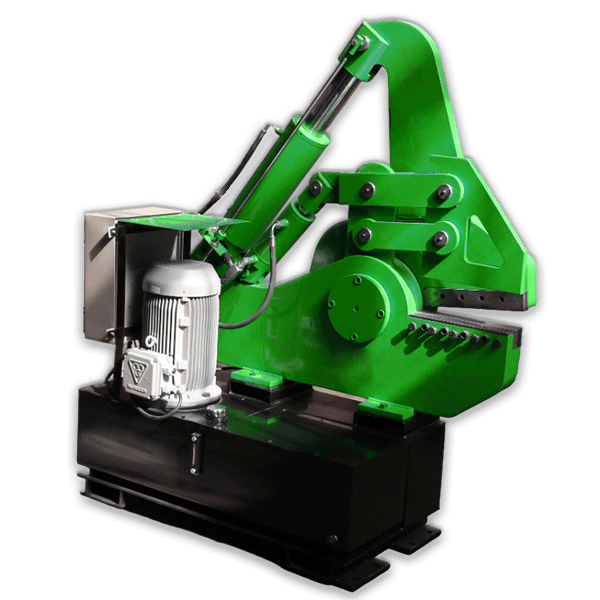
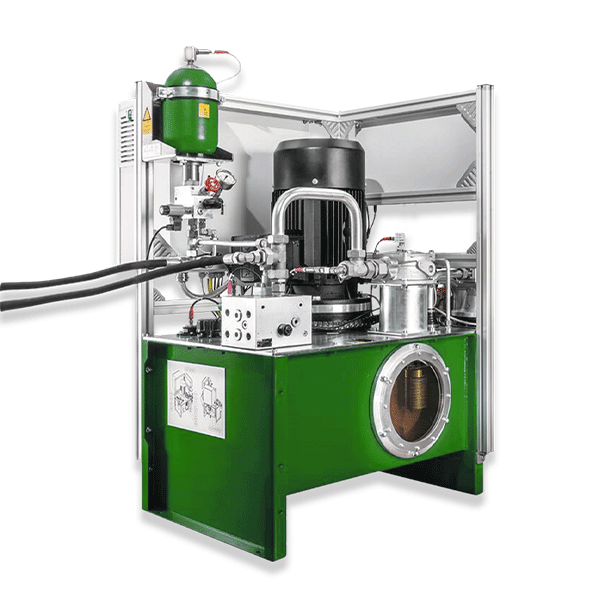
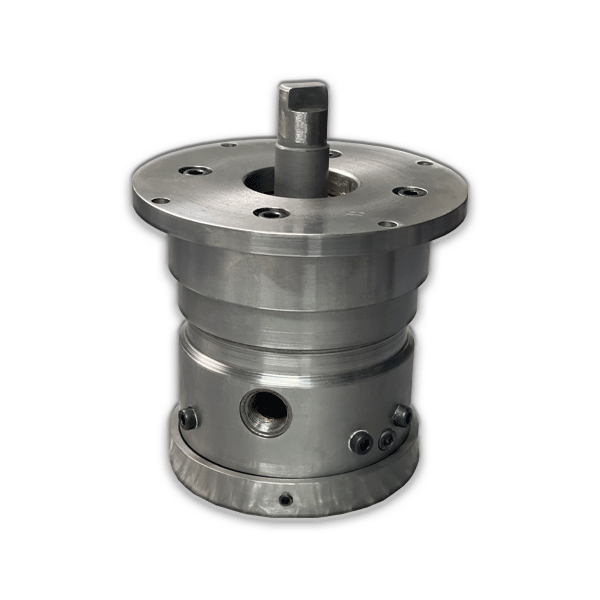
Reviews
There are no reviews yet.